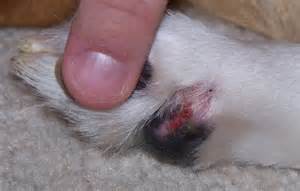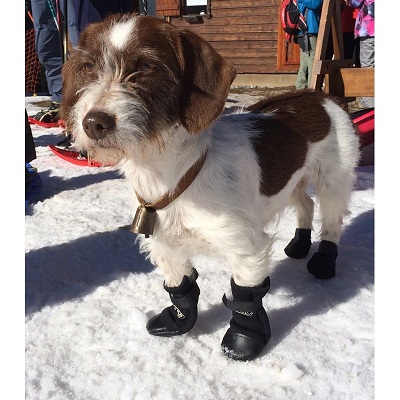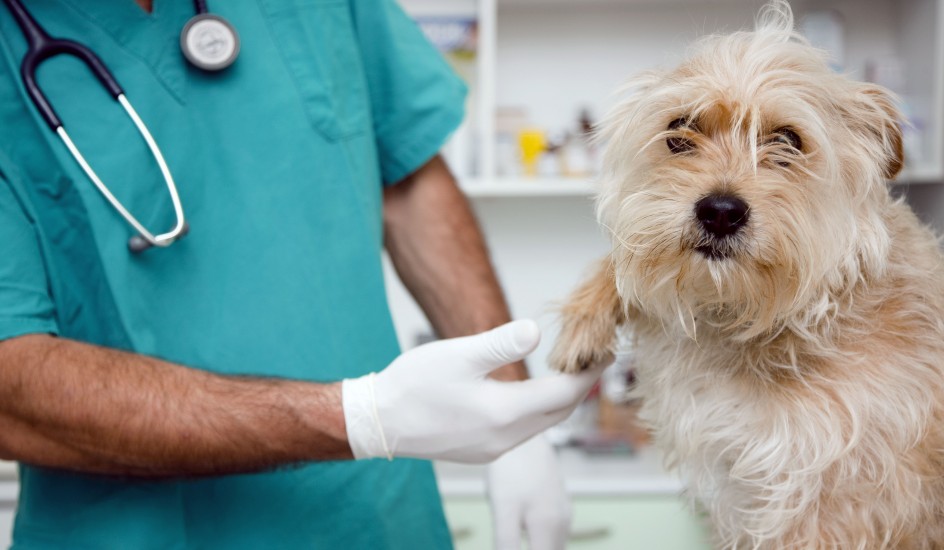

Dog boots are a great help both to prevent injuries and to help their healing.
Boots as prevention… in summer and winter


Snow: Snow can lead to dermatitis and cracks in the pads. In dogs of small size even freezing of the final part of the paws). On sunny days, we should protect our dog’s pads as artificial pavements can be at very high temperatures.
Sport: intense exercise, especially on uneven terrain can wear down the pads of dogs, so it is recommended to protect them by using boots.
Boots as an aid in the treatment of wounds
Boots are a very good alternative to some bandages for injuries to the dog’s “feet”. They allow them to go more comfortable and, most importantly: they are easy to remove and put on, so we can see the status of the injury at any time and let it “breathe” from time to time.
Boots as an aid to dogs with reduced mobility
Boots become indispensable in dogs with movement problems, either due to hip dysplasia, a rupture of the cruciate ligament or, simply, advanced osteoarthritis. They allow dogs to have a greater grip on the ground, improve a lot when walking, and avoid injuries due to a “slip”. Especially important inside the houses, where stoneware or parquet usually slip. An alternative to conventional boots are rubber boots, which protect from aggressive surfaces allowing the dog to maintain sensitivity in the pads while improving their adhesion on sliding surfaces.
Do you want to see how dogs “manage” with rubber boots?
Laura Perez
Orthocanis Veterinarian
Recent Posts
What side effects do anti-inflammatories have in dogs?
Anti-inflammatory drugs, called NSAIDs (nonsteroidal anti-inflammatory drugs), are the most commonly prescribed pain reliever in…
Exercises to strengthen the dog’s hind legs
Improving the muscles of the hind limbs in dogs is an interesting option both in…
What to do with a dog that has back problems
Dogs can have health problems related to their limbs. But they can also have back…
Total or partial rupture of cruciate ligament in dogs
One of the most frequent injuries that dogs usually suffer is the rupture of one…
Solutions to hip dysplasia in dogs
Hip dysplasia in dogs is one of their most common inherited bone diseases. It is…
How to treat patellar luxation in dogs?
There is talk of patellar dislocation in dogs, when the patella, a small bone located…


